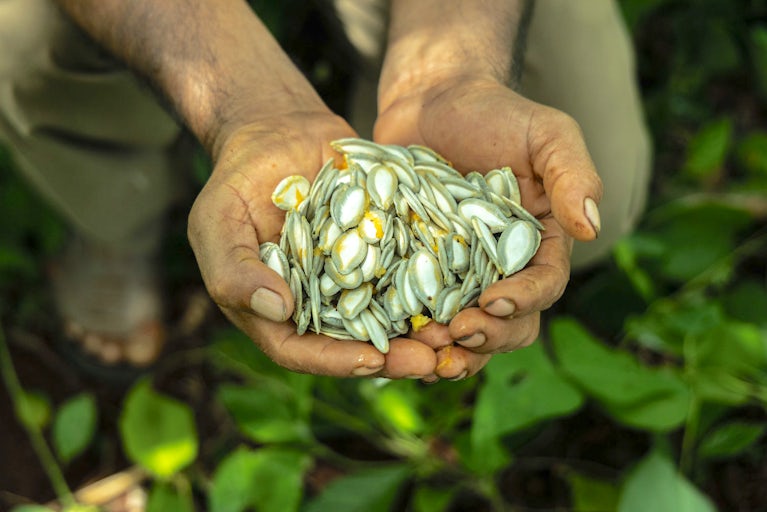Urbanization — the movement of people from rural areas to more populated cities and towns in search of better and more diverse opportunities — is a well-known phenomenon.
Typically, the key driver for a person’s move to a bustling city is the economic hardship of life in a rural community. Young people in particular feel the need to leave ancestral lands or farms, their homes and their families to take their chances in cities or even far-flung foreign countries.


